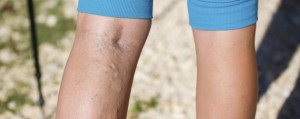 HYANNIS – About 40 million people in the U.S. have varicose veins—and the majority of them are women. If you stand for long periods, you may develop them, along with tired, aching feet. Other contributing factors are obesity, family history, pregnancy and aging.
HYANNIS – About 40 million people in the U.S. have varicose veins—and the majority of them are women. If you stand for long periods, you may develop them, along with tired, aching feet. Other contributing factors are obesity, family history, pregnancy and aging.
The superficial veins, just under the skin, are the culprits. They can stretch, weakening the walls of vein and cause damage to the valves.
Very thin valves inside the veins open when leg muscles contract, allowing blood to flow up to the heart to get oxygen. When the muscles relax, the valves close, preventing blood from going back down. And once the valves no longer work, blood will leak back down the vein, pool and put pressure on the tissue of the lower legs and feet. This can cause swelling, thickened skin and sometimes dermatitis (inflammation of the skin).
“We don’t know exactly what causes varicose veins,” said James Knox, MD, vascular surgeon at Falmouth Hospital. It is unknown why valves stop working, but “once they do give way, we can’t repair them,” he said.
In many cases, varicose veins don’t require any treatment, though they can cause aching or heaviness, throbbing and fatigue, Dr. Knox said.
Health insurance generally does not cover treatment of varicose veins for cosmetic reasons. But, when they become a medical problem or the symptoms persist, health insurance generally covers these options: sclerotherapy, endovenous laser treatment and vein stripping.
Sclerotherapy involves injecting a chemical directly into the varicose veins, which scars them on the inside so blood can no longer flow through. The veins are then re-absorbed by the body and blood flows through healthy veins.
Endovenous laser therapy is an option when varicose veins result from an incompetent saphenous vein, the large vein that runs down the inside of your leg.
The U.S. Food and Drug Administration approved endovenous laser therapy, or EVLT, in January 2002. Patients put pressure on the medical community to come up with a better treatment than surgery, said Dr. Knox.
EVLT is a minimally invasive procedure done in the office and takes less than one hour. After applying a local anesthetic, your doctor makes a nick in your skin and inserts a thin catheter into the saphenous vein. Laser energy passes through the catheter to seal off the vein.
A sealed saphenous vein no longer causes pressure on the branches. The varicose veins shrink and appearance is improved.
Vein stripping is done as day surgery in the hospital under local or general anesthesia. It involves removing the saphenous vein and varicose veins through a couple of incisions.
These procedures are usually done with one visit. “We will try to do a very thorough removal of all problematic veins,” said Dr. Knox. On occasion, a second visit may be necessary.
Short of these remedies, Dr. Knox recommends elevating your feet to lessen the swelling and discomfort. A prescription for compression stockings can promote blood flow in more severe varicose veins. Getting up frequently and walking, especially for those who sit for long periods, also helps.
Varicose veins during pregnancy usually lessen after the pregnancy, Dr. Knox said.




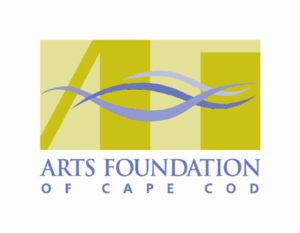





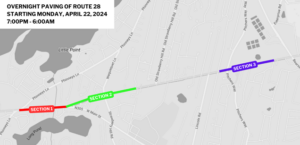
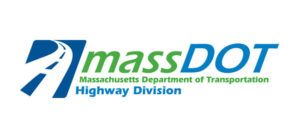
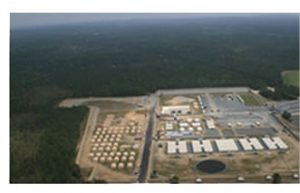












Varicose veins are very painful at times and will itch, sometimes resulting in ulcers in the most extreme cases. In general, most people only relate varicose veins to the legs, but in all actuality they can occur anywhere on the body. Spider veins are enlarged veins that are no longer preventing blood from flowing in reverse.